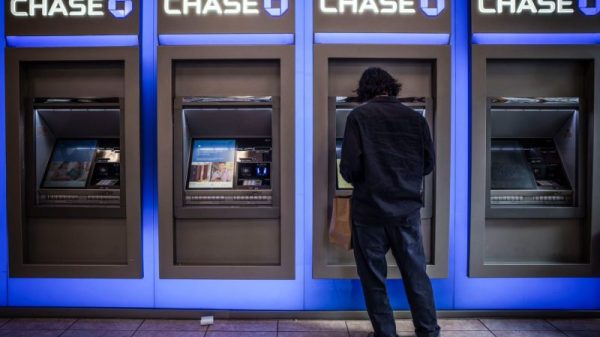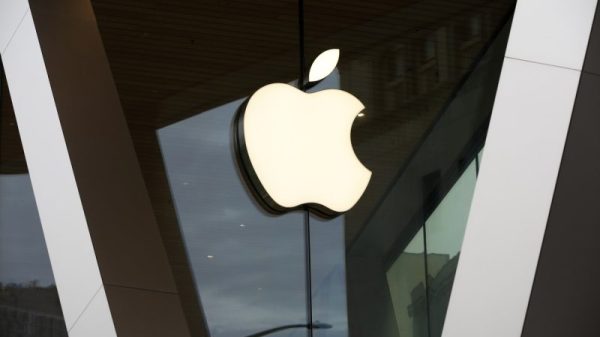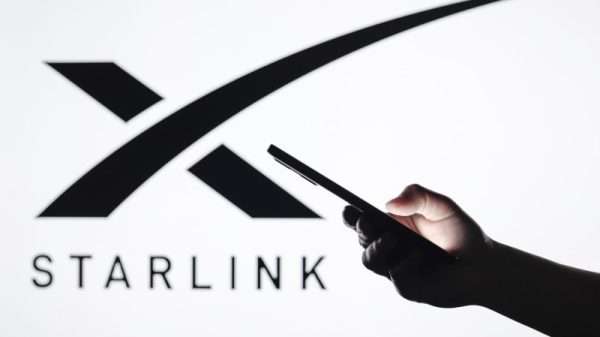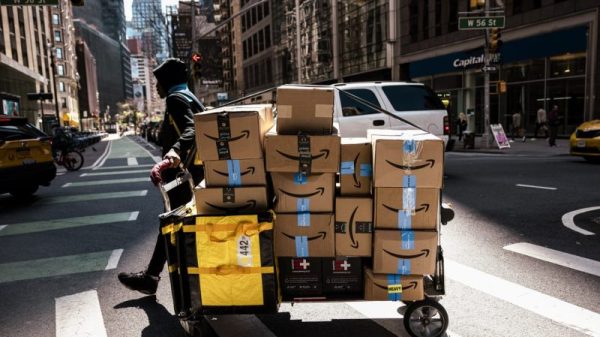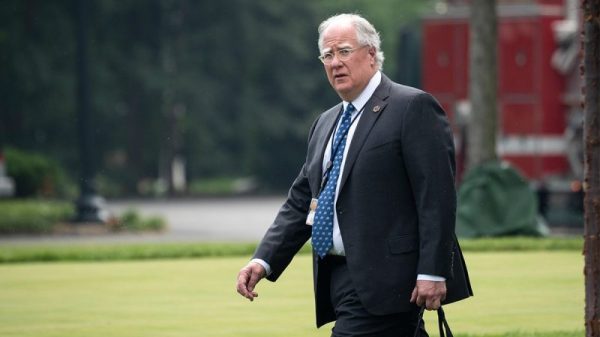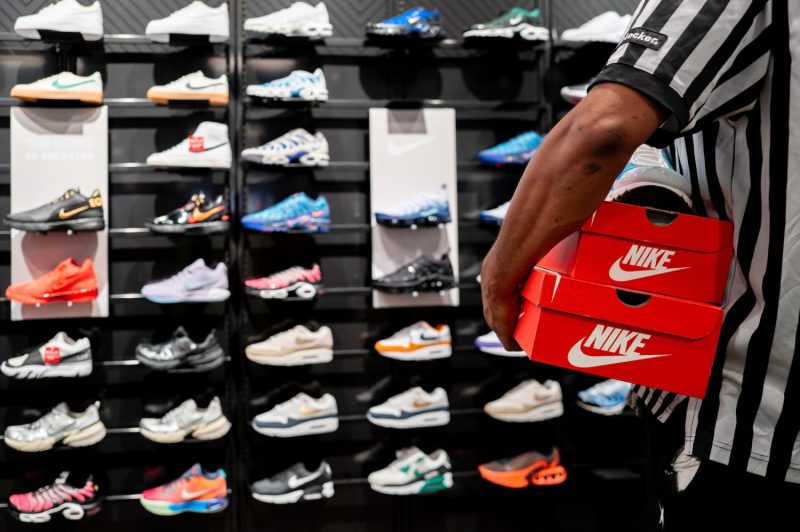Foot Locker, a prominent retail giant in the sports industry, recently faced a significant challenge when it decided to end its long-standing partnership with Nike. This move marked the end of an era, as Nike products had been a cornerstone of Foot Locker’s offerings for decades. However, rather than being a fatal blow, this breakup has seemingly sparked a renaissance for Foot Locker, as the company is now focusing on diversifying its product offerings and creating new partnerships to fill the void left by Nike.
One of the key strategies that Foot Locker has employed in its comeback is to expand its collaborations with various brands and designers. By teaming up with popular labels such as Adidas, Puma, and New Balance, Foot Locker has been able to tap into new markets and attract customers who may have previously been loyal to Nike. These partnerships have allowed Foot Locker to offer a wider range of stylish and exclusive products, appealing to a more diverse group of consumers.
In addition to forging new collaborations, Foot Locker has also invested heavily in enhancing its online presence and digital marketing strategies. With the rise of e-commerce and the shift towards online shopping, Foot Locker recognized the importance of creating a seamless and engaging online shopping experience for its customers. By revamping its website, expanding its social media presence, and launching targeted digital advertising campaigns, Foot Locker has been able to reach a larger audience and drive sales through its online channels.
Furthermore, Foot Locker has focused on improving the in-store experience for its customers by redesigning its physical locations and incorporating innovative technologies. By creating a more interactive and immersive shopping environment, Foot Locker aims to provide customers with a unique and memorable retail experience that sets it apart from its competitors. From interactive displays and digital kiosks to personalized shopping recommendations, Foot Locker is leveraging technology to revolutionize the way customers shop for athletic footwear and apparel.
Another crucial aspect of Foot Locker’s comeback strategy is its commitment to community engagement and social responsibility. By partnering with local organizations and sponsoring youth sports programs, Foot Locker has demonstrated its dedication to giving back to the community and supporting the next generation of athletes. This emphasis on social impact not only helps to strengthen Foot Locker’s brand image but also resonates with socially conscious consumers who value companies that prioritize corporate social responsibility.
In conclusion, Foot Locker’s breakup with Nike may have initially been a setback, but it has ultimately served as a catalyst for the company’s resurgence. Through strategic partnerships, digital innovation, store redesigns, and community engagement, Foot Locker has successfully navigated the changing retail landscape and positioned itself for long-term success. As Foot Locker continues to adapt to evolving consumer preferences and market trends, it is clear that the company is well on its way to reclaiming its status as a leading destination for athletic footwear and apparel.






